When people today talk about Great Island, it is mostly about the Point Gammon Light (in operation from 1816-1859) or the smallpox hospital that operated there between 1797 and 1801. The island is now a gated community with few visitors and today draws little attention.
In its early years, Great Island was used mainly for farming and salt making. At the time of the Civil War, the Crowell family owned the entire area. In 1870 they sold it to E. D. Payson of Boston, who wanted to turn the land into a hunting and fishing preserve. However, the Panic of 1873 slowed his plans and ten years later he sold the land to Charles B. Cory.
Charles Barney Cory
1906
Cory was the son of a well to do merchant. Being financially independent, he was able to spend much of his life devoted to birds, wildlife, and sports. He was one of the founders of the American Ornithological Society and under his ownership turned Great Island into one of the first bird sanctuaries in the United States.
Sanctuaries at that time meant that market gunners couldn’t shoot on the land. Cory and his friends did hunt birds, but on a much more restricted basis. The map of Great Island, printed about 1905 by Cory’s Great Island Club, shows shooting stands along the eastern side of the isthmus. Cory also maintained a game reserve; bringing in deer, elk, pheasant, and quail.
Cory developed fresh water ponds on the island both for the game and for fishing. These he stocked with trout and other game fish. To insure that there was sufficient water flowing through the ponds and streams, he built an underground piping system with the water pumped by windmills. President Grover Cleveland visited Cory and for four days the two fished these ponds. Cleveland loved fishing and he caught a three pound trout while there.
There were many other sports which Cory loved. He built a small nine hole golf course that started from his front door. Cory was an excellent golfer, and several times won the golf championship of Florida. A large clubhouse, later to be a hotel, was built in 1902. The course was upgraded in 1905 to an 18 hole course. It even had a steam roller to smooth the fairways and the greens. The course was private, but invited guests could stay at the clubhouse which contained 45 rooms. The rooms had telephones, call bells, electric lights, and gas. The club booklet touted the fact that rooms are “en suite, and at least half of them have a bathroom connected.”
The Great Island clubhouse, later Aberdeen Hall.
The Corys wintered in Florida and while there Cory pursued his interests in studying birds and other wildlife. He first identified the Florida Cougar, and it still bears his name - Felix Coryi. Cory also discovered seven species of North American birds, two of which commemorate his name; Cory’s Shearwaters and Cory’s Least Bittern.
The stock market panic of 1907 changed everything. Cory lost his money due to poor investments in shipping and sugar. His rich friends were not able to bail him out. He sold Great Island and moved to Chicago, taking a position as curator and director of the Field Museum’s Ornithological Section.
Cory’s home on Great Island.
Henry Phipps, the wealthy steel magnate and one of Cory’s friends, bought the land and later sold it to Malcolm Chase of Rhode Island. Chase did not maintain the golf links nor the game preserve. The Club House became a summer hotel called Aberdeen Hall until it burned in the 1920s.
Thus the “island” has returned to the quiet solitude of the years before the Civil War. Cory’s influence on the land remains largely unknown to the public in general. An occasional Florida Panther license plate showing up on a car on Cape Cod is just a reminder of this great man who summered in Yarmouth for 25 years.
Excerpted from an article by Duncan Oliver and Stuart Baker






